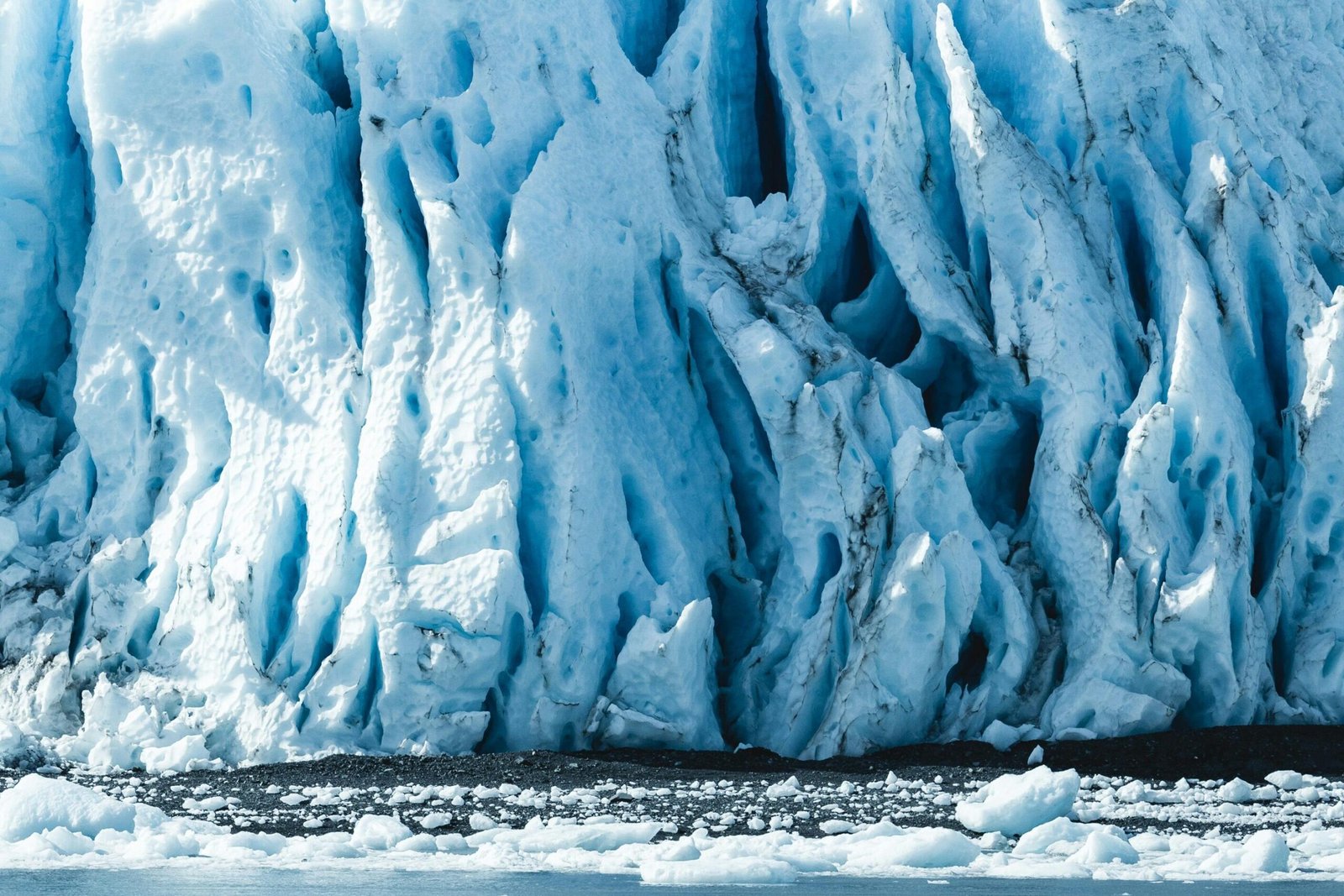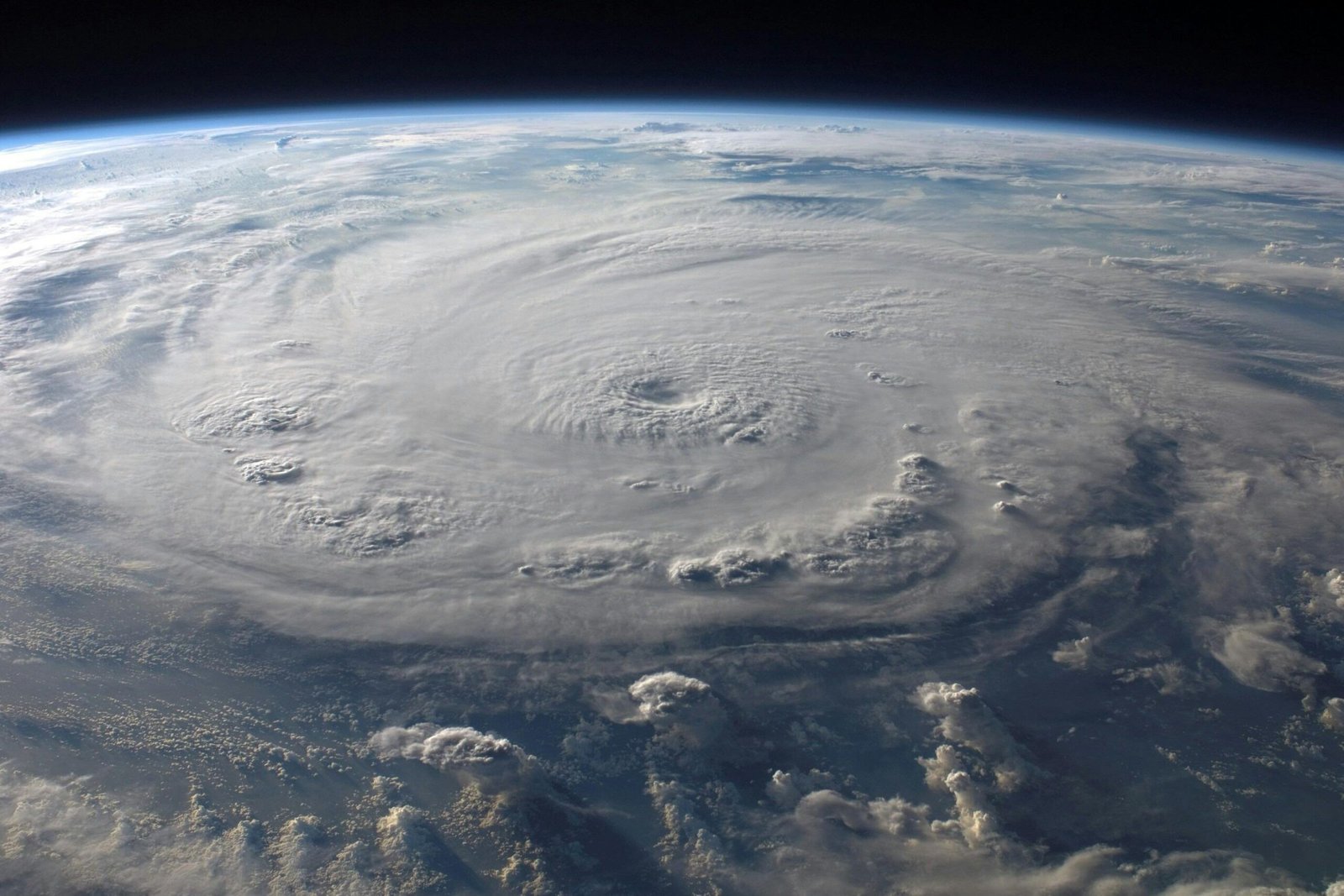Ice Sheets Are Collapsing at Alarming Rates

Antarctica’s ice sheets are melting at rates far beyond initial predictions, raising concerns about global sea level rise. Scientists have observed that parts of the West Antarctic Ice Sheet are losing mass at an accelerating pace, contributing significantly to ocean expansion. As glaciers disintegrate, the surrounding water absorbs more heat, further fueling the melting process.
The loss of these ice sheets is not just an environmental crisis but also a geopolitical issue. Coastal cities worldwide, from New York to Jakarta, face increased flooding risks, forcing governments to reconsider infrastructure resilience. The irreversible nature of ice loss means that even if global emissions were cut today, the damage already done will continue to affect future generations.
Rising Sea Levels Are Already Reshaping Coastlines
As Antarctic ice melts, rising sea levels are redrawing global coastlines. Low-lying islands in the Pacific, such as Tuvalu and the Maldives, are experiencing encroaching waters, threatening homes and displacing entire communities. The rapid changes are forcing local governments to prepare for possible mass migrations, with some nations even considering relocating their populations altogether.
Beyond island nations, major coastal cities face mounting challenges. Infrastructure designed for past sea levels is proving inadequate, with increased instances of flooding and erosion. Some regions have begun investing in expensive flood barriers, while others are debating whether to retreat inland altogether. The economic impact of these shifting coastlines is expected to reach into the trillions over the coming decades.
Melting Ice is Disrupting Global Ocean Currents
Antarctica’s melting ice is not only affecting sea levels but also disrupting global ocean currents. The influx of freshwater from melting glaciers is interfering with the natural circulation patterns that regulate temperatures across the planet. Scientists warn that this disruption could weaken the Atlantic Meridional Overturning Circulation (AMOC), a system crucial for maintaining climate stability in North America and Europe.
A weakened AMOC could lead to severe weather shifts, including harsher winters in Europe and more extreme hurricanes along the U.S. East Coast. The consequences would extend beyond weather patterns, affecting marine ecosystems and global food security. As warming continues, the destabilization of these critical currents remains one of the most pressing concerns for climate scientists.
The Antarctic Ice Melt is Accelerating Faster Than Expected

Image Credit: YouTube
Recent satellite data has confirmed that Antarctica is losing ice at nearly triple the rate observed in the 1990s. The rate of ice mass loss has significantly outpaced previous climate models, suggesting that scientists may have underestimated the sensitivity of Antarctic glaciers to rising temperatures. This rapid acceleration is contributing to a more urgent timeline for addressing climate change. Source
As the ice melt speeds up, scientists warn that projections for sea level rise may need to be revised upward. Many cities have relied on outdated estimates for long-term urban planning, leaving them unprepared for the true extent of the crisis. The rapid collapse of ice shelves like Larsen C signals a turning point that demands immediate global action.
Wildlife Dependent on Ice is Facing an Uncertain Future
Antarctica’s melting ice is dramatically affecting the wildlife that depends on it. Emperor penguins, which rely on stable sea ice for breeding, are seeing their populations decline as ice platforms shrink earlier in the season. Similarly, krill populations—an essential food source for whales, seals, and seabirds—are declining due to changing ocean temperatures and ice cover.
The disruption of Antarctica’s ecosystem extends beyond the continent. As krill populations shrink, the entire marine food chain is impacted, affecting commercial fisheries and ocean biodiversity worldwide. Scientists are calling for stricter conservation measures to protect vulnerable species, but without addressing the root cause of climate change, these efforts may only provide temporary relief.
Melting Permafrost is Releasing Ancient Viruses
As Antarctica’s ice continues to melt, permafrost layers that have remained frozen for thousands of years are thawing, releasing long-dormant microbes and viruses. Scientists have already discovered viable bacteria and viruses from ice samples, raising concerns about potential health risks. Some of these pathogens have been frozen since prehistoric times, meaning modern immune systems have never encountered them before.
The release of ancient pathogens could have unforeseen consequences for global public health. Experts warn that as ice continues to thaw, unknown diseases could emerge, posing risks to both wildlife and human populations. The challenge of containing such outbreaks in remote regions like Antarctica only adds to the complexity of this growing concern.
Thawing Ice is Exposing Hidden Antarctic Lakes
Beneath Antarctica’s thick ice sheets, scientists have discovered vast networks of hidden lakes that are now being exposed due to rapid melting. These subglacial lakes have remained untouched for millions of years, containing unique microbial life and potential clues about Earth’s past climate. The exposure of these lakes presents both an opportunity for research and a risk of ecological disruption.
As the ice retreats, previously isolated ecosystems could be altered by outside influences, threatening microbial species that have evolved in extreme conditions. Additionally, the sudden drainage of these lakes into the ocean could further accelerate ice loss, as the movement of water beneath glaciers weakens their structural integrity. Understanding these hidden lakes is now a priority for climate scientists.
Ancient Fossils and Climate Records Are Being Uncovered
With the melting of Antarctica’s ice, scientists are uncovering fossils and climate records that have been buried for millions of years. These findings are providing new insights into how Earth’s climate has changed over geological time periods. Researchers have discovered ancient plant fossils, suggesting that Antarctica was once a lush, temperate region before being covered in ice.
While these discoveries help scientists understand past climate patterns, they also serve as a warning for the future. The evidence suggests that Antarctica has gone through extreme climate shifts before, but human-induced warming is pushing the planet toward a faster, more unpredictable transformation. The rapid exposure of these ancient landscapes underscores the urgency of addressing climate change.
Melting Ice is Disrupting Global Weather Patterns
Antarctica’s melting ice is playing a significant role in shifting global weather patterns. The influx of freshwater into the ocean is altering atmospheric conditions, leading to stronger storms and changing precipitation levels worldwide. Some regions are experiencing prolonged droughts, while others are seeing an increase in extreme rainfall and flooding events.
One of the most concerning effects is the potential disruption of monsoon cycles, which billions of people depend on for agriculture. As Antarctic ice loss continues, climate scientists are racing to understand how these changes will impact food production and water availability in the coming decades. The link between polar melting and extreme weather highlights the interconnected nature of global climate systems.
The Race to Protect Antarctica’s Vanishing Ice
With Antarctica’s ice melting at an unprecedented rate, researchers and conservationists are scrambling to find ways to slow the process. Efforts range from geoengineering experiments, such as artificial ice barriers, to policy initiatives aimed at reducing carbon emissions. Some scientists are even exploring methods to refreeze sections of Antarctica using reflective materials to bounce sunlight away from the ice. Source
Despite these efforts, reversing the damage remains a monumental challenge. International agreements like the Antarctic Treaty help protect the region from commercial exploitation, but stronger global climate policies are needed to prevent further warming. The race to protect Antarctica is not just about saving a continent—it’s about securing the planet’s future stability.
Antarctic Ice Melt is Threatening Global Freshwater Supplies
Antarctica holds about 70% of the world’s freshwater in its ice sheets, making it a crucial component of the global water cycle. As these ice reserves continue to melt at an accelerating rate, the influx of freshwater into the ocean is affecting seawater salinity and disrupting marine ecosystems. Additionally, the loss of glacial ice could eventually reduce the availability of freshwater in regions that depend on seasonal meltwater.
Some scientists fear that this shift could contribute to long-term freshwater shortages, particularly in parts of the world where glacier-fed rivers sustain agriculture and drinking water supplies. If Antarctica’s ice continues to diminish, it could reshape hydrological cycles across the planet, creating yet another climate crisis that nations must prepare for.
Melting Ice is Shifting Earth’s Gravity and Rotation

The massive loss of ice from Antarctica is not only raising sea levels but also subtly altering Earth’s gravity and rotation. As billions of tons of ice disappear, the redistribution of mass is causing slight but measurable changes in the planet’s tilt and rotational speed. This phenomenon has been confirmed by satellite data, which shows that melting ice sheets are affecting the distribution of weight across the Earth’s surface.
Although these changes are small, they can have significant long-term effects on climate patterns and ocean currents. Scientists are closely monitoring how shifts in Earth’s balance might influence seasonal cycles and weather systems, adding another layer of complexity to the challenges posed by climate change.
The Future of Antarctica is in Humanity’s Hands
The accelerating ice loss in Antarctica is a stark reminder of humanity’s role in shaping the planet’s future. While natural climate shifts have occurred throughout history, the current rate of warming is largely driven by human activity. The choices made today—ranging from carbon emissions policies to conservation efforts—will determine whether Antarctica stabilizes or continues on a path toward irreversible change.
As global leaders debate solutions, scientists stress the importance of immediate action. Reducing greenhouse gas emissions, investing in renewable energy, and protecting polar ecosystems are crucial steps in slowing the damage. Antarctica’s fate is not sealed yet, but the window for action is rapidly closing.
